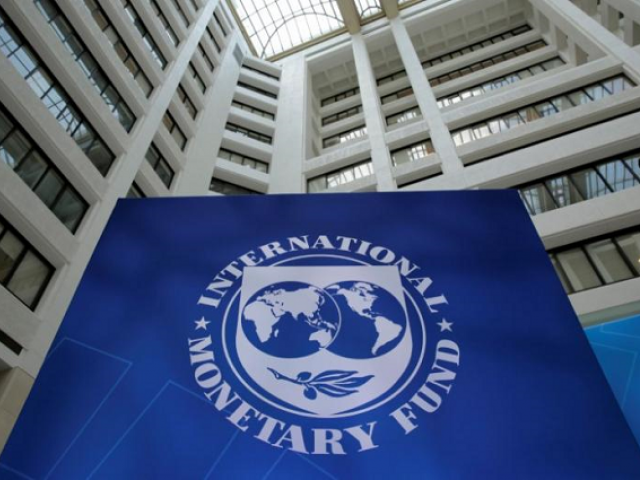
The transcript of the conference call on the release of IMF staff report mentions that this Extended Fund Facility has two main pillars. In the words of IMF Mission Chief for Pakistan, Middle East and Central Asia Ramirez Rigo, “The first pillar is obviously macroeconomic stabilisation. The second pillar is to strengthen and build institutions.”
As Rigo went on, a consensus with the authorities and other stakeholders that the IMF has arrived at, and which remains the backbone of the IMF package, is “the main problem in Pakistan [is] its low level of revenue collection relative to GDP and relative to many other emerging markets and peer countries. So, there is where we have put the focus.” Furthermore, the IMF programme is “going to act as a catalyst where we basically provide a framework in which many other international partners would be participating. And the total amount of financing that the programme will unlock is around $38 billion, including the IMF, World Bank, Asian Development Bank, Islamic Development Bank, China, Saudi Arabia and the European Union.”
Aim of IMF package is to restore balance: mission chief
Rigo also stressed that “the focus was on increasing revenue and not on cutting expenditure.”
In other words, the IMF package will provide a cushion to meet Pakistan’s financing needs, with the hope that the IMF will use its influence to achieve three objectives:
1) Inspire long-awaited reforms in the institutions.
2) Force the government to increase tax collection.
3) Encourage other external donors to provide $38 billion in next few years.
There can be little disagreement over the need for structural reforms, where the Pakistan Muslim League-Nawaz (PML-N) government largely failed, especially as evidenced in its failure to improve the tax machinery and privatise state-owned enterprises.
However, noting that the IMF will focus on increasing revenue and not on cutting expenditure, it means that both the IMF and the Pakistan Tehreek-e-Insaf (PTI) government are not ready to ask the harder question ie the areas where the government needs to cut in size. It is clear that a disproportionately large revenue collection target is based on the IMF’s advice of collecting more taxes and not worrying about expenditures.
What if Pakistan fails to achieve the tax collection target and also fails to achieve the export target? The IMF has the answer: its facility will encourage other multilateral and bilateral sources of financing to lend more money, to the tune of $38 billion. It is clearly not a sustainable economic development strategy.
In what can be read as a summary of IMF assessment of the PML-N government, its staff report notes that “misaligned economic policies, including large fiscal deficits, loose monetary policy and defence of an overvalued exchange rate, fuelled consumption and short-term growth in recent years, but steadily eroded macroeconomic buffers, increased external and public debt, and reduced international reserves.”
Commenting on previous policies, the IMF also criticised that “sizable short-term financing from bilateral creditors provided critical financing relief, but also deferred the urgency to tackle the underlying problems while increasing the maturing debt obligations due in coming years”.
It can be argued reasonably that the PML-N government depended heavily on China-Pakistan Economic Corridor (CPEC) financing to encourage other sources of foreign investment. However, it must be recalled that almost 75% of CPEC financing was in the investment mode and only 25% was loan.
That had certainly encouraged Pakistan’s private sector to increase its own investment aligning with the priority sectors of CPEC investment. This was visible in rise in machinery imports which, since the start of the PTI government, have gone down considerably. CPEC was good news, even if not a game changer. Read carefully, this report castigated the PML-N government for reliance on the demand-side economic policy. However, its current package is not necessarily focused on supply-side measures.
A true supply-side measure will rely on ease of paying taxes and not on increasing tax collection. It will rely on building trust in local businesses to create wealth and jobs and not by threatening them.
FBR chief may be made PM’s aide on revenue
While the prospects of additional external financing remains to be analysed, Pakistan will do well by analysing what impedes businesses and entrepreneurs to do more business and invest more, especially in creating more goods and services.
Pakistan is now following the IMF, again. The natural outcome of a singular focus of the IMF and its programme on increasing revenue is that the size of the government will increase and will lead to an increase in GDP in a formal sense.
However, it surely does not mean that the size of private sector will also increase, which remains the backbone of job creation. This is not good news for Pakistan’s 208 million people, 60% of whom are youth. The IMF package is certainly a bailout for Pakistan’s government, but not necessarily for its economy.
The writer is the founder of PRIME Institute, an independent think tank based in Islamabad
Published in The Express Tribune, July 15th, 2019.
Like Business on Facebook, follow @TribuneBiz on Twitter to stay informed and join in the conversation.

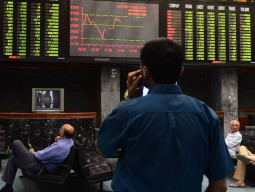
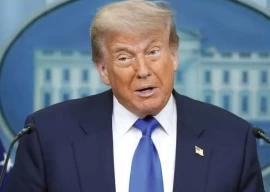
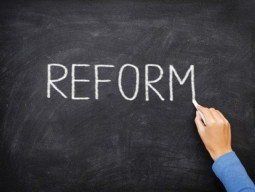
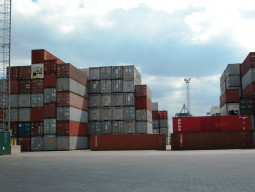
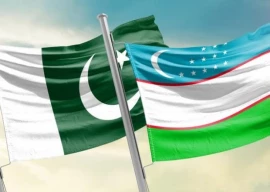












COMMENTS
Comments are moderated and generally will be posted if they are on-topic and not abusive.
For more information, please see our Comments FAQ